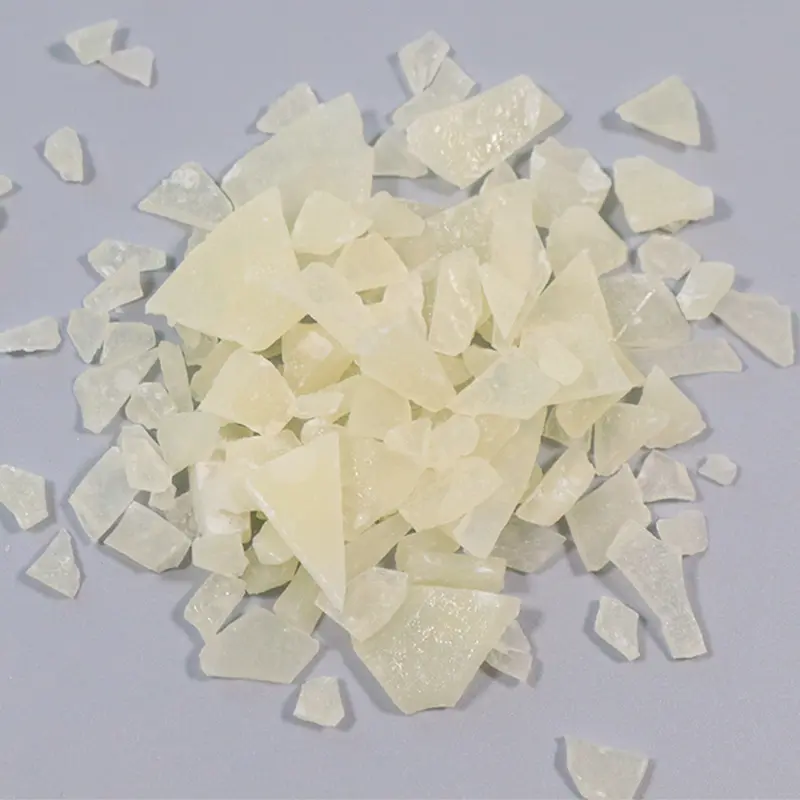Polyaluminium chloride (PAC) and polyacrylamide (PAM) are currently widely used in water purification processes. Although their functions are similar, their chemical structures and specific applications are completely different. Many people confuse these two chemicals and are not clear about their differences and correct use. The article introduces the differences between PAC and PAM and provides suggestions for their selection and application.

What is Polyaluminium Chloride (PAC)?
PAC’s main component is aluminium chloride, and it usually appears as a yellow or brown powder that is soluble in water. This product has a good adsorption and flocculation effect on the suspended solids in the water and can quickly form flocs with the suspended particles in the water. It is a product obtained through a series of complex chemical reactions using aluminium and hydrochloric acid as raw materials. In production, the properties of the product can be controlled by adjusting the proportion of raw materials and process conditions.
Applications and Working Principle of PAC
This product can be widely used in the treatment of domestic drinking water and industrial wastewater.
Its working principle utilizes its high-intensity flocculating ability to coagulate suspended particles and colloids on the water surface into larger particles for easy removal.
What is Polyacrylamide (PAM)?
PAM is a high-molecular polymer, usually appearing as a white powder or granules with good water solubility. Its structure contains a large number of amide groups that can effectively adsorb suspended particles in water. It is prepared by the polymerization reaction of acrylamide monomers, and products with different molecular weights and charge densities can be obtained by changing the polymerization conditions. The reaction temperature and catalyst use need to be controlled during the preparation process.
Applications and Working Principle of PAM
Suitable for sewage treatment, oil field development, soil improvement, etc.
Its mechanism works by utilizing its linear macromolecular chain configuration to change the charged state of particles in the water phase, accelerating the aggregation and sedimentation of particles.
The Main Differences Between the Two
Polyaluminium chloride and polyacrylamide, both being flocculants, are used for water purification, but there are significant differences between the two.
Appearance
Polyaluminium chloride appears in yellow, light yellow, brown, white in the form of granules or powder (of varying content).
Polyacrylamide appears as white powdered granules.
Process
Polyaluminium chloride is made from raw materials such as bauxite, aluminium hydroxide, calcium powder, aluminium powder, hydrochloric acid, etc., through processes such as neutralization, pyrolysis, acid process, alkali process, and pressurized reaction method. It is mainly divided into spray-dried polyaluminium chloride, plate and frame filtered polyaluminium chloride, and drum-dried polyaluminium chloride.
Polyacrylamide is made from raw materials such as acrylamide, acrylate, cationic monomers, etc., through copolymerization, having a relatively high molecular weight, high purity, and good solubility. According to different processes and raw materials, it is divided into anionic polyacrylamide, cationic polyacrylamide, non-ionic polyacrylamide, and amphoteric ion polyacrylamide.
Application
Polyaluminium chloride, due to its good stability, has been widely used in industries such as drinking water, papermaking, printing and dyeing, textiles, etc.
Polyacrylamide has even more advantages than polyaluminium chloride; it has a smaller dilution ratio and a wider range of applicability, capable of dealing with some difficult-to-treat wastewater and high-concentration wastewater.
Through this article, people can have a clearer understanding of PAC and PAM. Each material has its unique properties and advantages, so it is very important to choose and use them correctly. In water treatment projects, it is essential to fully understand the chemical properties and mechanisms of action of these substances and to select suitable products according to local conditions. Therefore, the rational use of these chemicals can not only improve the efficiency of water treatment but also ensure water quality.
